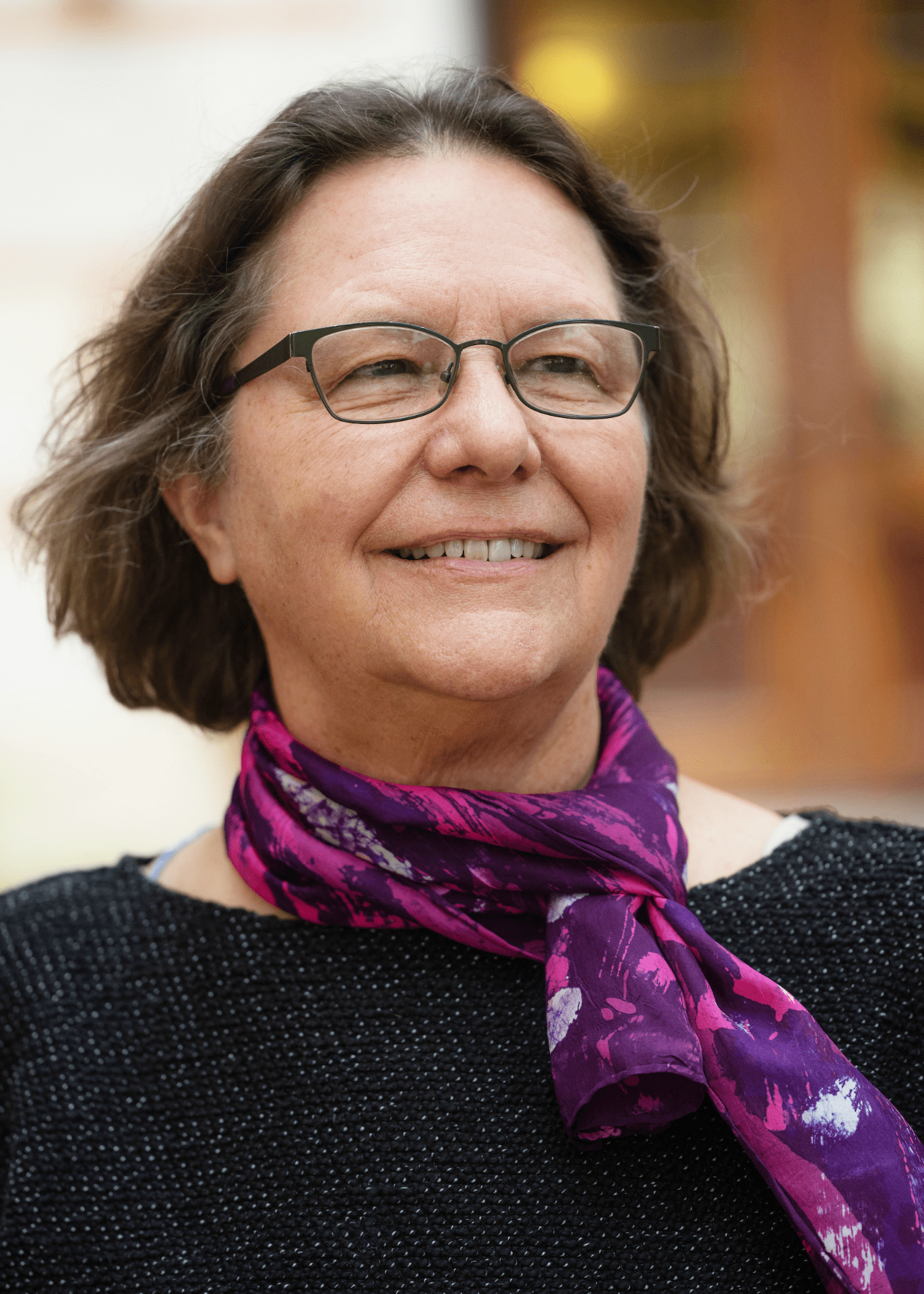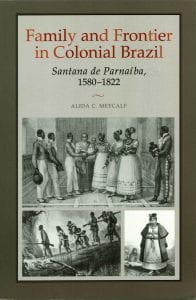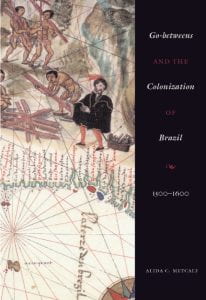 I am a social and cultural historian of Brazil and the greater Atlantic World. I have been at Rice University since 2009, and I hold the Harris Masterson, Jr. Professor of History chair. Before coming to Rice, I taught at Trinity University in San Antonio, the University of Texas at San Antonio, and Indiana University. My interest in Latin American history began when I lived in Lima, Peru during my adolescent years. At Smith College, I had the great fortune to take several courses with the Brazilian historian Emilia Viotti da Costa, known for her work on the Abolition of Slavery in Brazil and the slave rebellion in Demerara, and with the political scientist Susan C. Bourque, who studied women and social change in Andean Peru. At the University of Texas at Austin, Richard Graham directed my dissertation, and I was influenced by the work of Myron Gutman, a historical demographer, and Richard N. Adams, an anthropologist.
I am a social and cultural historian of Brazil and the greater Atlantic World. I have been at Rice University since 2009, and I hold the Harris Masterson, Jr. Professor of History chair. Before coming to Rice, I taught at Trinity University in San Antonio, the University of Texas at San Antonio, and Indiana University. My interest in Latin American history began when I lived in Lima, Peru during my adolescent years. At Smith College, I had the great fortune to take several courses with the Brazilian historian Emilia Viotti da Costa, known for her work on the Abolition of Slavery in Brazil and the slave rebellion in Demerara, and with the political scientist Susan C. Bourque, who studied women and social change in Andean Peru. At the University of Texas at Austin, Richard Graham directed my dissertation, and I was influenced by the work of Myron Gutman, a historical demographer, and Richard N. Adams, an anthropologist.
MY BOOKS

Family and Frontier in Colonial Brazil (1992; 2005) In this book I explore three different family forms that characterized colonial Brazil: that of the planter elite, that of the free poor peasants, and that of the enslaved. Through a meticulous use of linked primary sources, including nominative manuscript censuses, wills, inventories, parish registers, notarial records, and petitions, I illustrate how families of the three social classes interacted with the frontier. Although the exploitation of the wilderness frontier (o sertão) brought economic and social advantages to all three family types, the frontier family strategies of the planter class significantly reinforced and perpetuated inequality from generation to generation. Family and Frontier has been expertly translated into Portuguese by Igor Machado de Lima and Ludmila de Souza Maia and is available as Familia e fronteira no Brasil colonial: Santana de Parnaiba, 1580-1822 (São Paulo: Editora Unesp, 2024).

Go-betweens and the Colonization of Brazil (2005) Often forgotten, go-betweens are critical at certain moments in time. In this book I develop a typology of go-betweens: the physical, the transactional, and the representational. I argue that each type was central to the building of a colonial society in Brazil over one hundred years. The physical go-betweens crossed oceans and frontiers and brought disease, seeds, animals, and their very presence into the worlds of previously isolated peoples, the transactional go-between managed intercultural contact by serving as linguistic and cultural translators, while the representational go-between shaped understandings of encountered peoples through chronicles, letters, reports, maps, and imagery. This book has recently been expertly translated by historian Pablo Lima into Portuguese as Os papeis dos intermediários na colonização do Brasil: 1500-1600 (Editora Unicamp, 2019).

The Return of Hans Staden (2012) In this book, Eve M. Duffy and I examine in detail how one go-between, Hans Staden, used his language, knowledge, and cunning to shape interactions between groups that could not directly communicate with each other. Author of the most famous account of cannibalism in the sixteenth century, Hans Staden was a powerful representational go-between, yet in True History he also reveals how a physical and transactional go-between manipulated their unique position.

Mapping an Atlantic World circa 1500 (2020) My most recent book emphasizes how the Atlantic World came into focus on charts and maps as early as 1500. Through a detailed study of historical charts and maps, which can be seen in high resolution on the companion website for the book, I argue that chartmakers, followed by humanist map makers, quickly changed a longstanding view of the Atlantic as peripheral. Instead, the Atlantic became a central space on world charts and maps that begged to be explored, colonized, missionized, and connected through commerce.
MY CURRENT PROJECTS

imagineRio, which Farès el-Dahdah and I began at Rice University in 2010, is a digital atlas that illustrates the social and urban history of Rio de Janeiro. My current research uses the visual, spatial, and cartographic approaches that lie at the heart of imagineRio to investigate the historical legacy of colonial water infrastructure–fountains and aqueducts–in the nineteenth- and twentieth-century city. I have also become passionate about finding new ways for historians who work with visual sources, such as maps and images, to present their research on digital platforms; this underlies my interest and use of ESRI StoryMaps and the Narrativas do Rio App, developed by Axis Maps for imagineRio. Find my StoryMaps and Narratives here: https://narrativas.blogs.rice.edu/
RECENT ARTICLES
“imagineRio Narratives: A Storytelling Tool for Spatial History in Rio de Janeiro,” with Bruno Buccalon and David Heyman. Journal of Digital History, 3, 1 (2024). Available at: https://journalofdigitalhistory.org/en/article/m734RWDSLo9C
“‘A mere gutter!’ The Carioca Aqueduct and water delivery in min-nineteenth-century Rio de Janeiro,” with Sean Smith and S. Wright Kennedy. Urban History, 49:1 (2022): 61 – 87. Available at: https://doi.org/10.1017/S096392682000084X
CURRENT RESEARCH
I am posting ideas, sources, and updates on my research on the water infrastructure of colonial and nineteenth-century Rio de Janeiro here: Water in Rio de Janeiro.